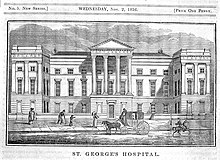
Alice Bradley Sheldon was an American science fiction and fantasy author better known as James Tiptree Jr., a pen name she used from 1967 until her death. It was not publicly known until 1977 that James Tiptree Jr. was a woman. From 1974 to 1985 she also occasionally used the pen name Raccoona Sheldon. Tiptree was inducted into the Science Fiction Hall of Fame in 2012.

Doris May Lessing was a British novelist. She was born to British parents in Iran, where she lived until 1925. Her family then moved to Southern Rhodesia, where she remained until moving in 1949 to London, England. Her novels include The Grass Is Singing (1950), the sequence of five novels collectively called Children of Violence (1952–1969), The Golden Notebook (1962), The Good Terrorist (1985), and five novels collectively known as Canopus in Argos: Archives (1979–1983).

Re: Colonised Planet 5, Shikasta is a 1979 science fiction novel by Doris Lessing, and is the first book in her five-book Canopus in Argos series. It was first published in the United States in December 1980 by Alfred A. Knopf, and in the United Kingdom in November 1979 by Jonathan Cape. Shikasta is also the name of the fictional planet featured in the novel.
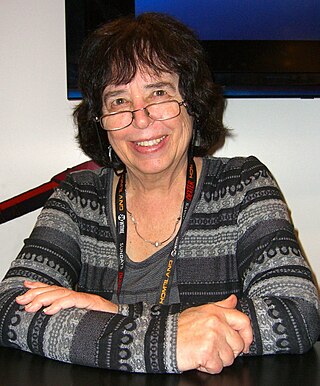
Jane Hyatt Yolen is an American writer of fantasy, science fiction, and children's books. She is the author or editor of more than 350 books, of which the best known is The Devil's Arithmetic, a Holocaust novella. Her other works include the Nebula Award−winning short story "Sister Emily's Lightship", the novelette "Lost Girls", Owl Moon, The Emperor and the Kite, and the Commander Toad series. She has collaborated on works with all three of her children, most extensively with Adam Stemple.

Paul Di Filippo is an American science fiction writer.
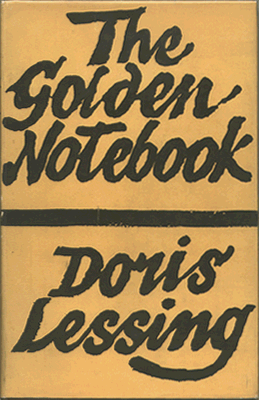
The Golden Notebook is a 1962 novel by the British writer Doris Lessing. Like her two books that followed, it enters the realm of what Margaret Drabble in The Oxford Companion to English Literature called Lessing's "inner space fiction"; her work that explores mental and societal breakdown. The novel contains anti-war and anti-Stalinist messages, an extended analysis of communism and the Communist Party in England from the 1930s to the 1950s, and an examination of the budding sexual revolution and women's liberation movements.
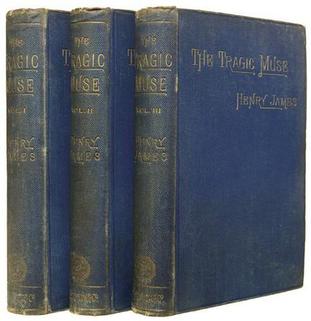
The Tragic Muse is a novel by Henry James, first published as a serial in The Atlantic Monthly in 1889–1890 and then as a book in 1890. This wide, cheerful panorama of English life follows the fortunes of two would-be artists: Nick Dormer, who throws over a political career in his efforts to become a painter, and Miriam Rooth, an actress striving for artistic and commercial success. A cast of supporting characters help and hinder their pursuits.
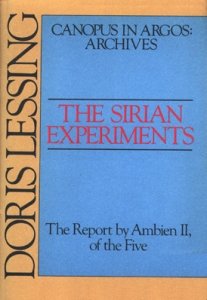
The Sirian Experiments is a 1980 science fiction novel by Doris Lessing. It is the third book in her five-book Canopus in Argos series and continues the story of Earth's evolution, which has been manipulated from the beginning by advanced extraterrestrial civilisations. It was first published in the United States in December 1980 by Alfred A. Knopf, and in the United Kingdom in March 1981 by Jonathan Cape. The book was shortlisted for the Booker Prize in 1981.
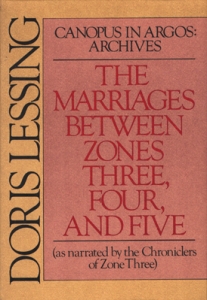
The Marriages Between Zones Three, Four and Five is a 1980 science fiction novel by Doris Lessing. It is the second book in her five-book Canopus in Argos series, the first being Shikasta (1979). It was first published in the United States in March 1980 by Alfred A. Knopf, and in the United Kingdom in May 1980 by Jonathan Cape.

The Making of the Representative for Planet 8 is a 1982 science fiction novel by Doris Lessing. It is the fourth book in her five-book Canopus in Argos series and relates the fate of a planet, under the care of the benevolent galactic empire Canopus, that is plunged into an ice age. It was first published in the United States in January 1982 by Alfred A. Knopf, and in the United Kingdom in March 1982 by Jonathan Cape.

(Documents Relating to) The Sentimental Agents in the Volyen Empire is a 1983 science fiction novel by Doris Lessing. It is the fifth book in her five-book Canopus in Argos series and comprises a set of documents that describe the final days of the Volyen Empire, located at the edge of our galaxy and under the influence of three other galactic empires, the benevolent Canopus, the tyrannical Sirius, and the malicious Shammat of Puttiora. It was first published in the United States in March 1983 by Alfred A. Knopf, and in the United Kingdom in May 1983 by Jonathan Cape.
Denise Giardina is an American novelist. Her book Storming Heaven was a Discovery Selection of the Book-of-the-Month Club and received the 1987 W. D. Weatherford Award for the best published work about the Appalachian South. The Unquiet Earth received an American Book Award and the Lillian Smith Book Award for fiction. Her 1998 novel Saints and Villains was awarded the Boston Book Review fiction prize and was semifinalist for the International Dublin Literary Award. Giardina is an ordained Episcopal Church deacon, a community activist, and a former candidate for governor of West Virginia.

The Memoirs of a Survivor is a dystopian novel by Nobel Prize-winner Doris Lessing. It was first published in 1974 by Octagon Press, and Alfred A. Knopf in the U.S. in 1975. It was made into a film in 1981, starring Julie Christie and Nigel Hawthorne, and directed by David Gladwell.

Breakfast at Tiffany's is a novella by Truman Capote published in 1958. In it, a contemporary writer recalls his early days in New York City, when he makes the acquaintance of his remarkable neighbor, Holly Golightly, who is one of Capote's best-known creations. In 1961 it was adapted into a major motion picture of the same name.

Suite française is the title of a planned sequence of five novels by Irène Némirovsky, a French writer of Ukrainian-Jewish origin. In July 1942, having just completed the first two of the series, Némirovsky was arrested as a Jew and detained at Pithiviers and then Auschwitz, where she was murdered, a victim of the Holocaust. The notebook containing the two novels was preserved by her daughters but not examined until 1998. They were published in a single volume entitled Suite française in 2004.
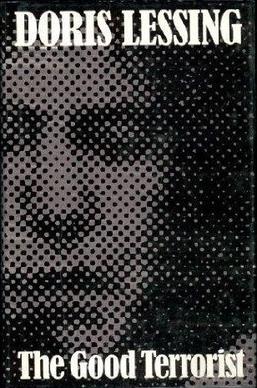
The Good Terrorist is a 1985 political novel written by the British novelist Doris Lessing. The book's protagonist is the naïve drifter Alice, who squats with a group of radicals in London and is drawn into their terrorist activities.

Mia Alvar is a Filipino-American writer based in New York. She won a PEN/Robert W. Bingham Prize for In the Country.
Doris Shadbolt, née Meisel LL. D. D.F.A. was an art historian, author, curator, cultural bureaucrat, educator and philanthropist who had an important impact on the development of Canadian art and culture.

The 2007 Nobel Prize in Literature was awarded to the British novelist Doris Lessing (1919–2013) as "that epicist of the female experience, who with scepticism, fire and visionary power has subjected a divided civilisation to scrutiny." Lessing was the oldest person ever, at age 88, to receive the Nobel Prize in Literature followed by the German historian Theodor Mommsen, who received the prize at age 85. She is also the third-oldest Nobel laureate in any category. She became the 11th woman to be awarded the prize.
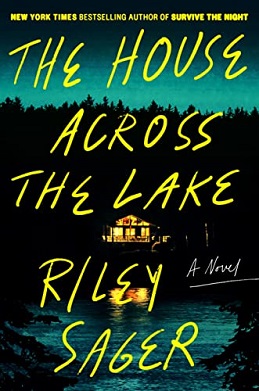
The House Across the Lake is a 2022 thriller novel by American author Todd Ritter, writing under the pen name Riley Sager. The plot concerns a woman who investigates the disappearance and possible murder of her glamorous neighbor at a Vermont lake resort. Reviewers favorably compared the book to the classic film Rear Window and a movie adaptation is planned.

